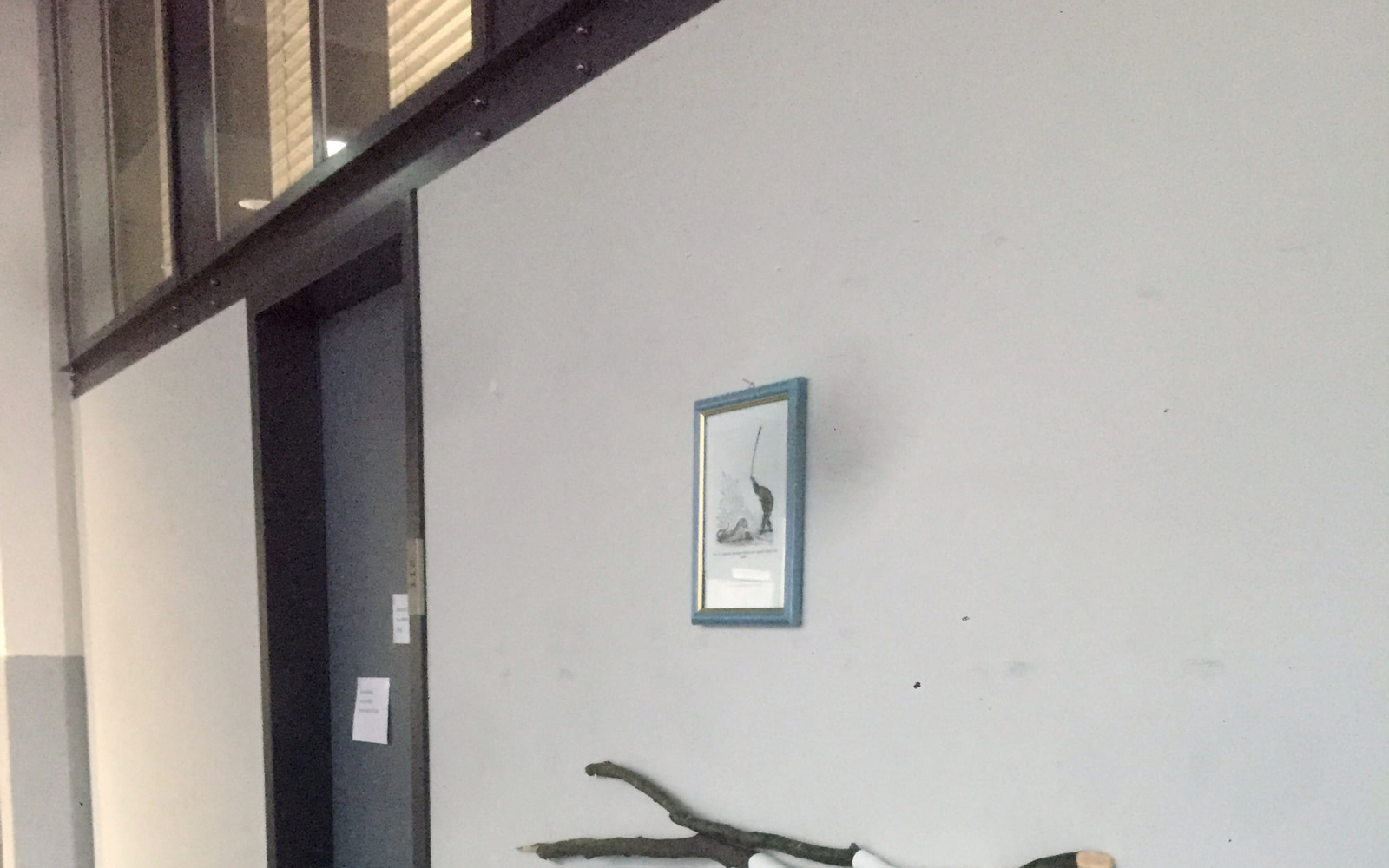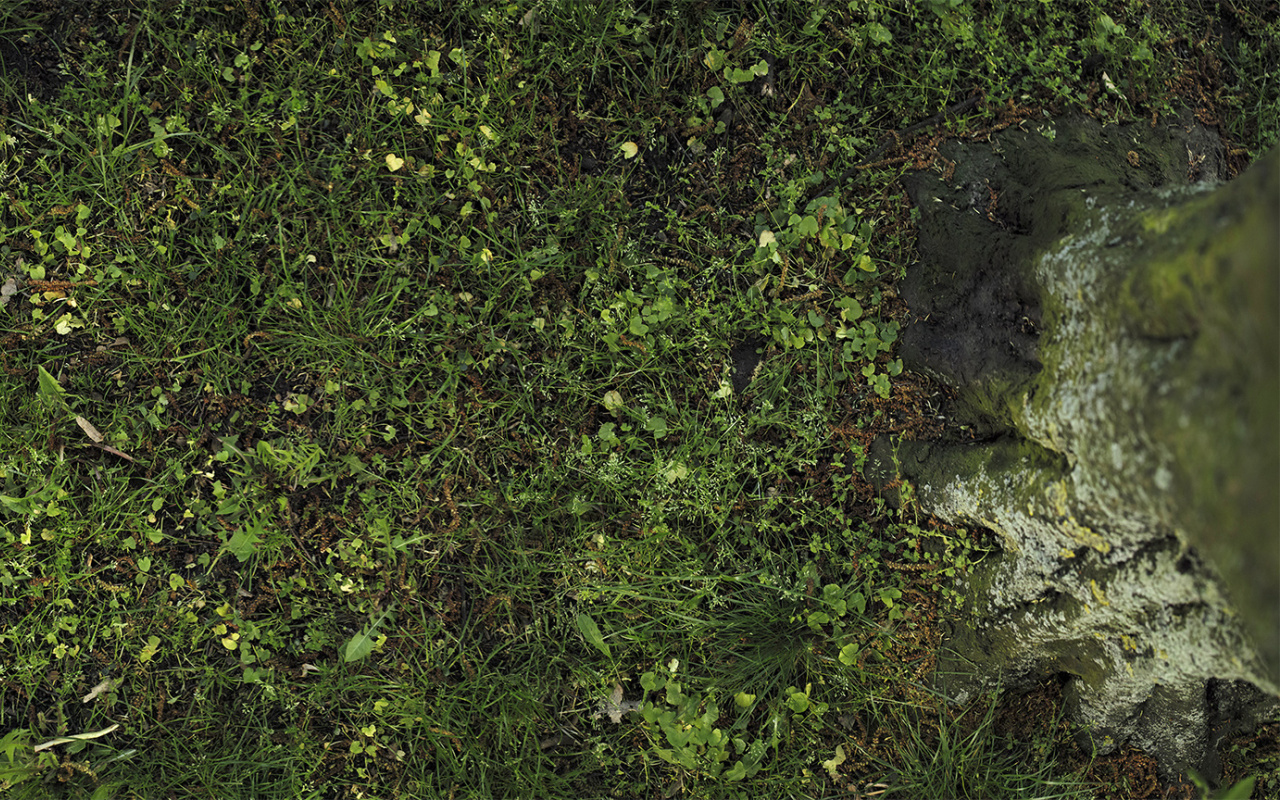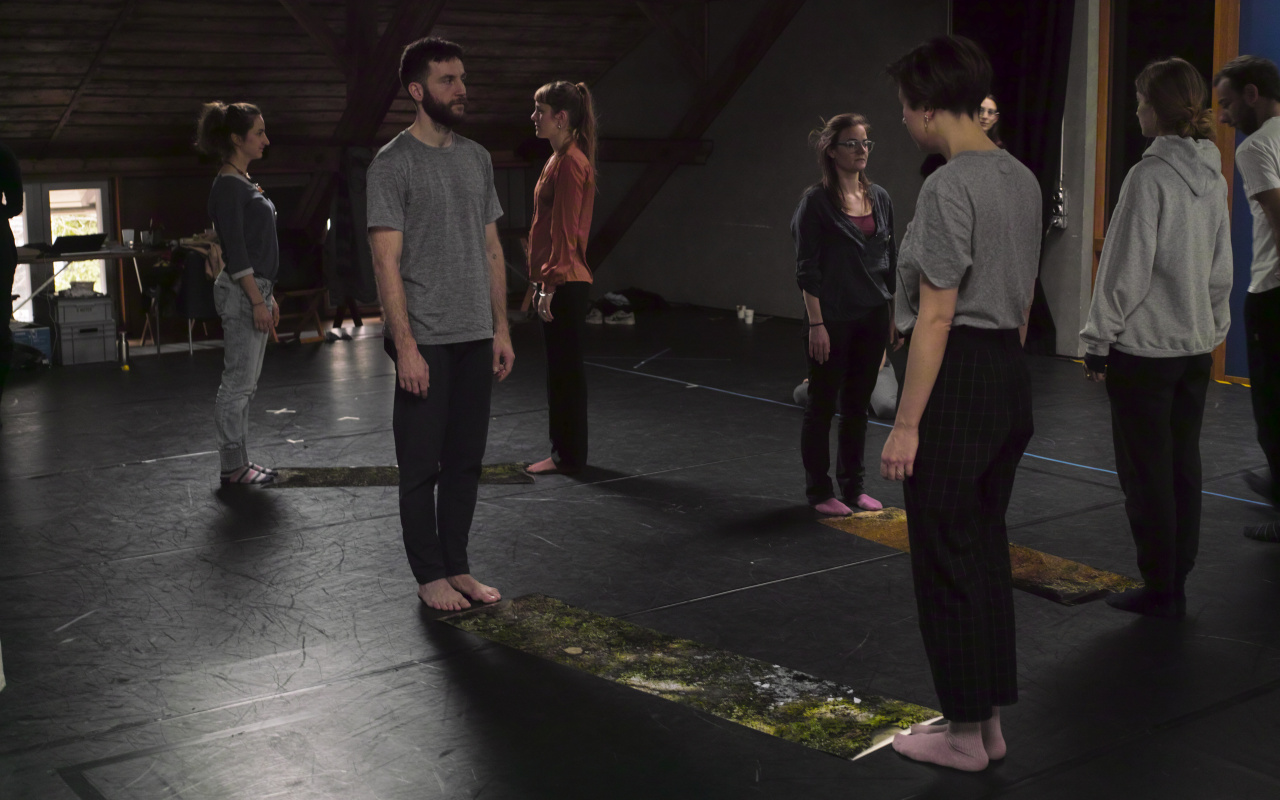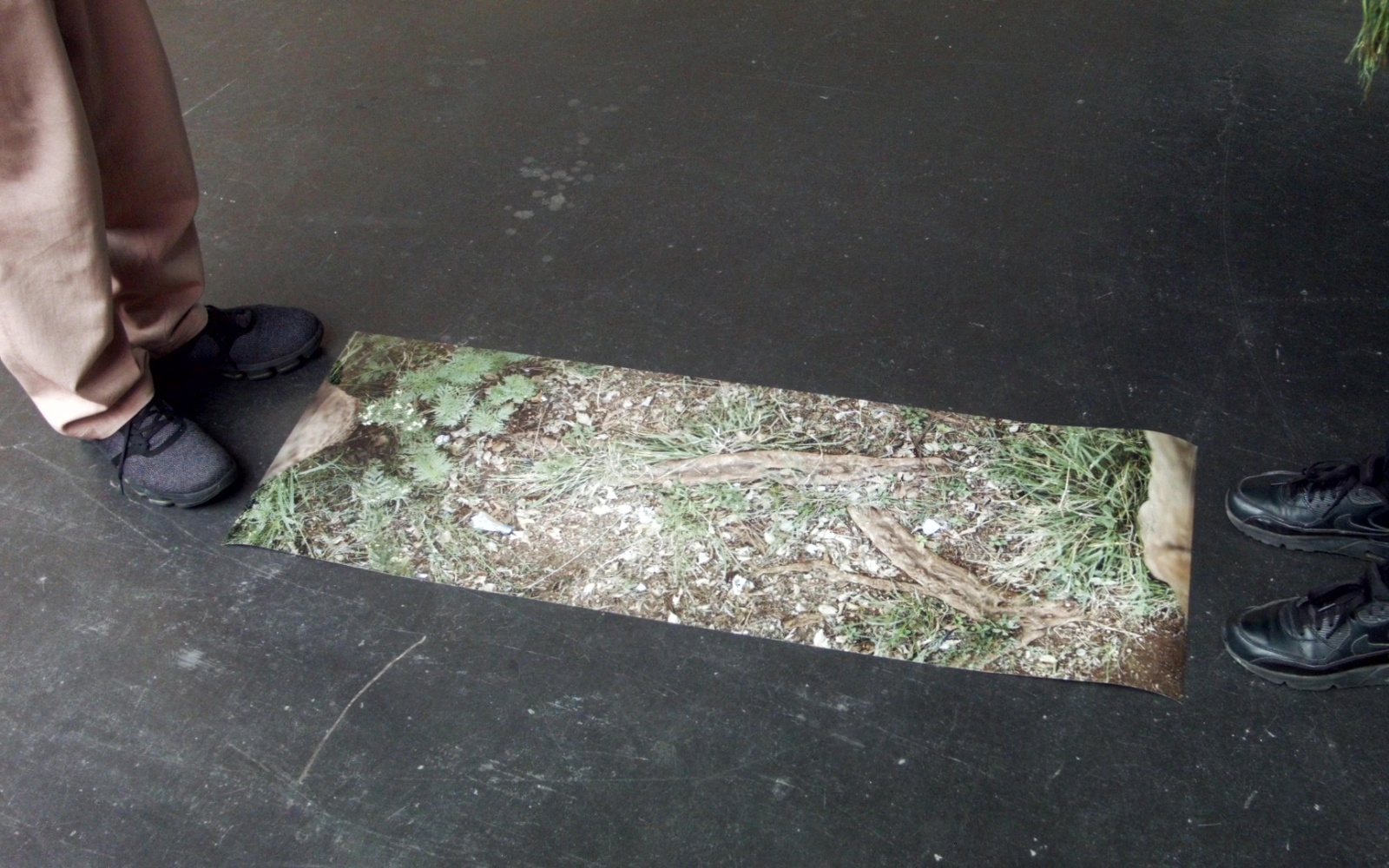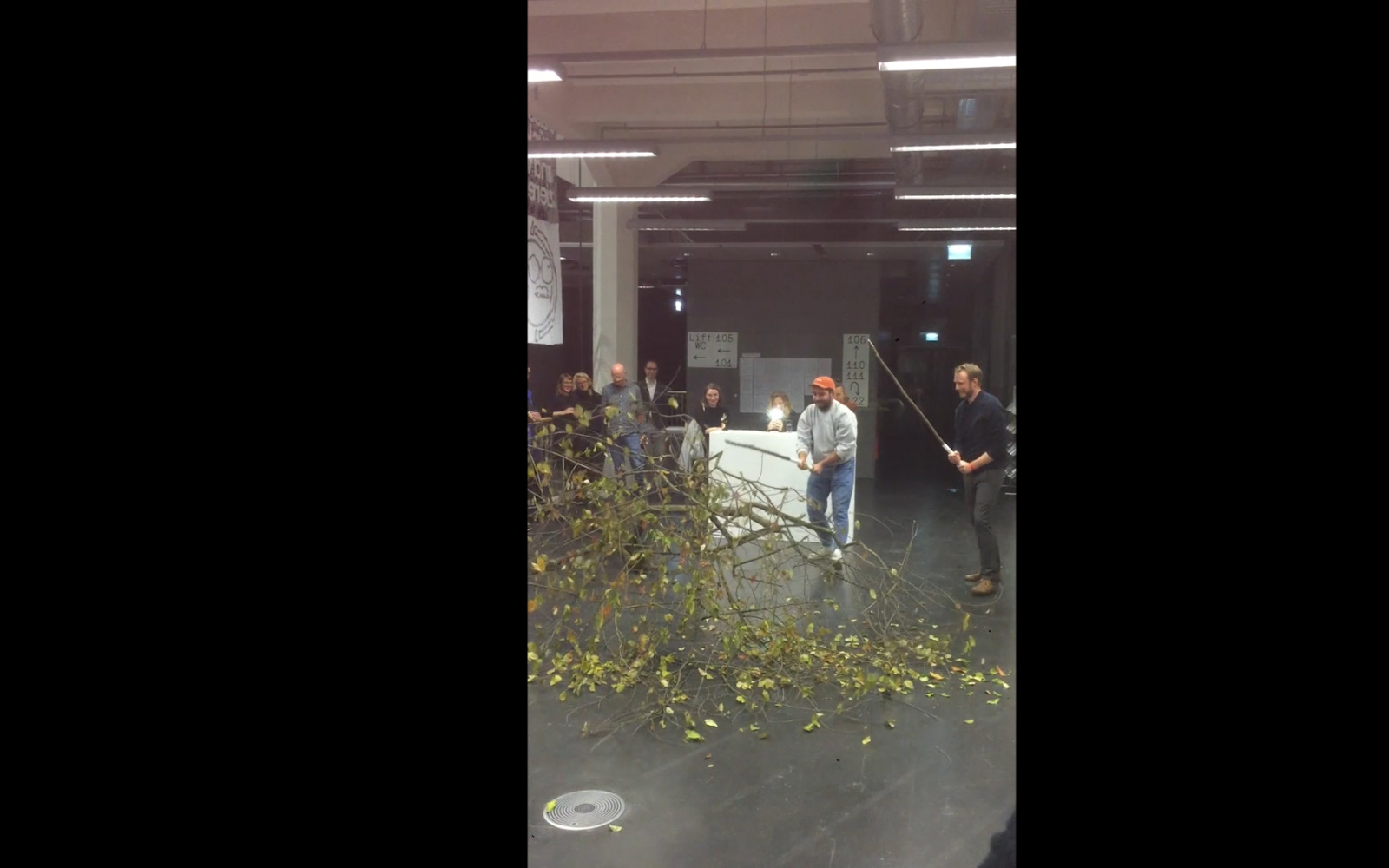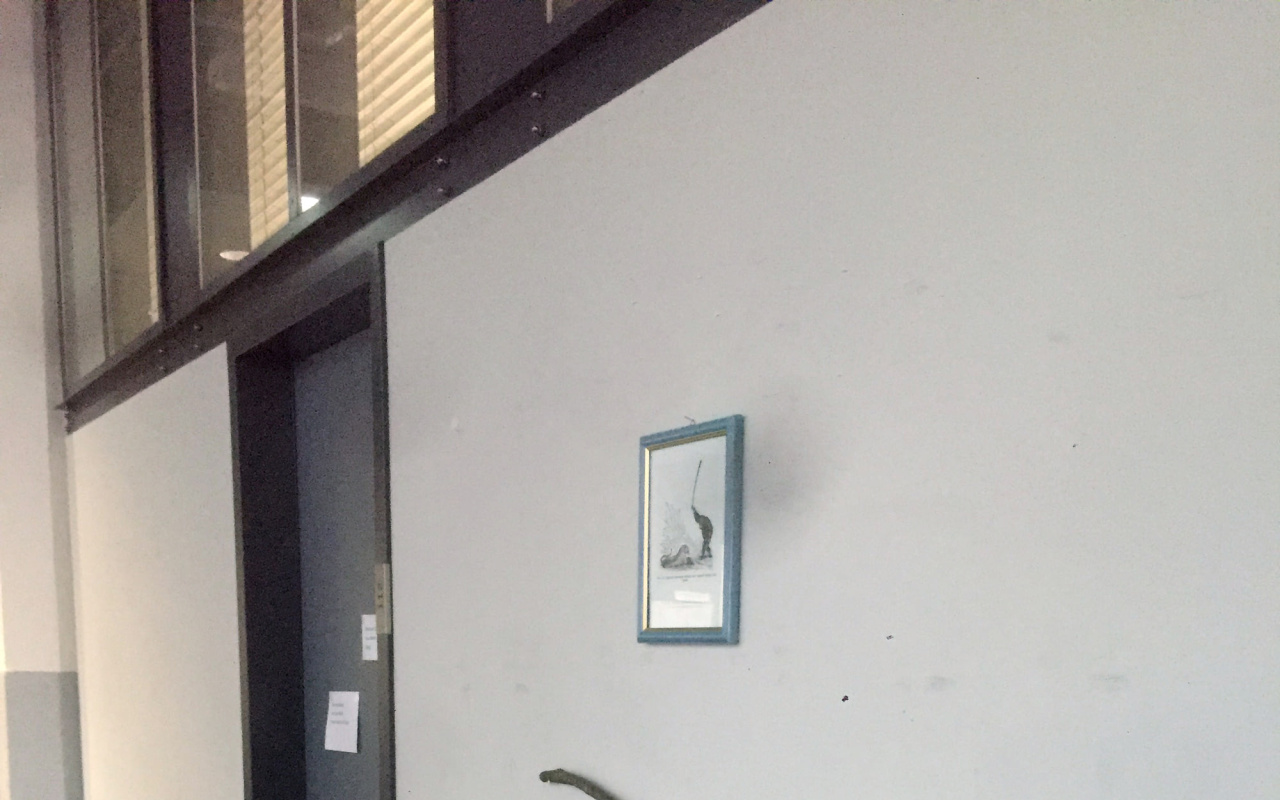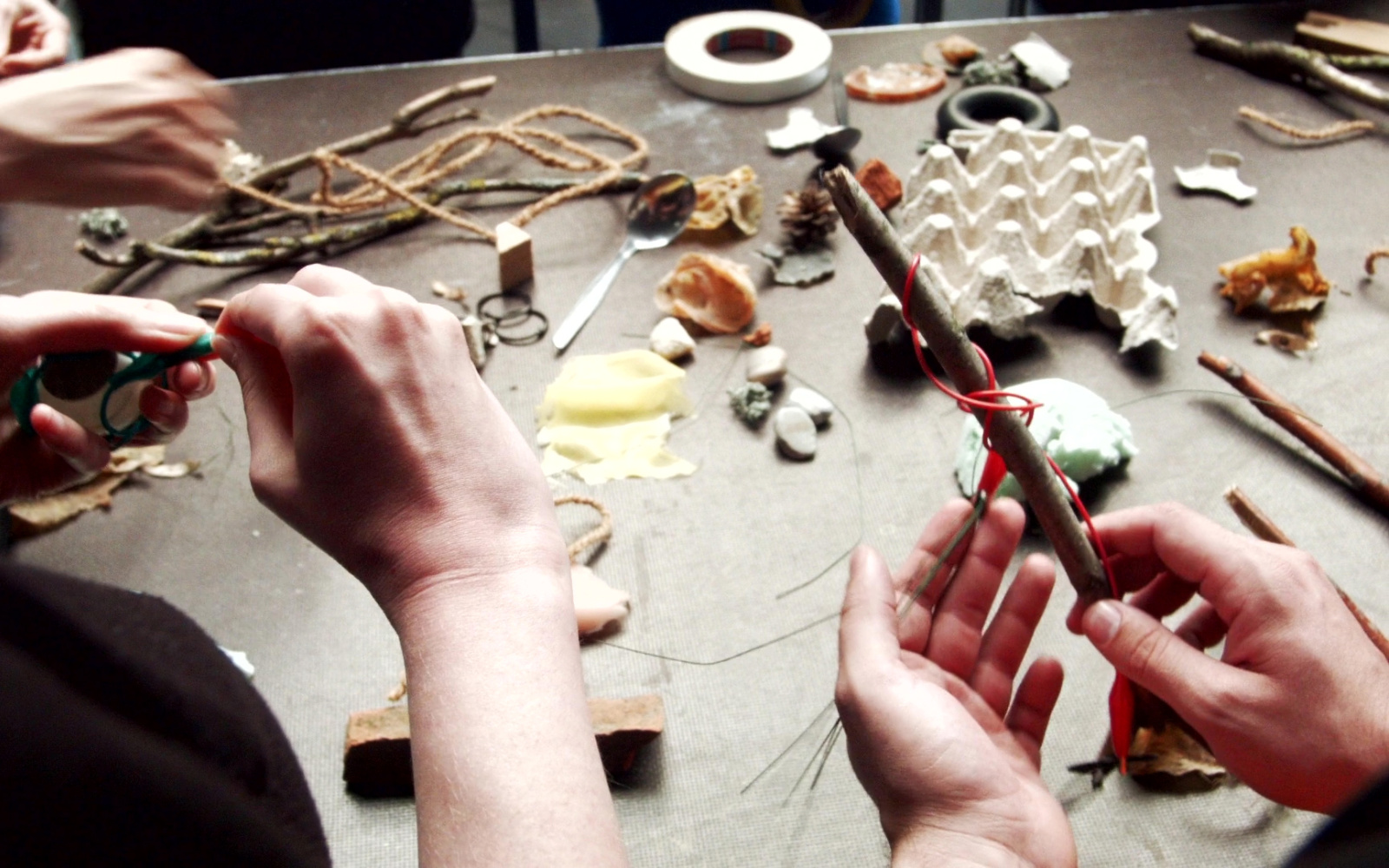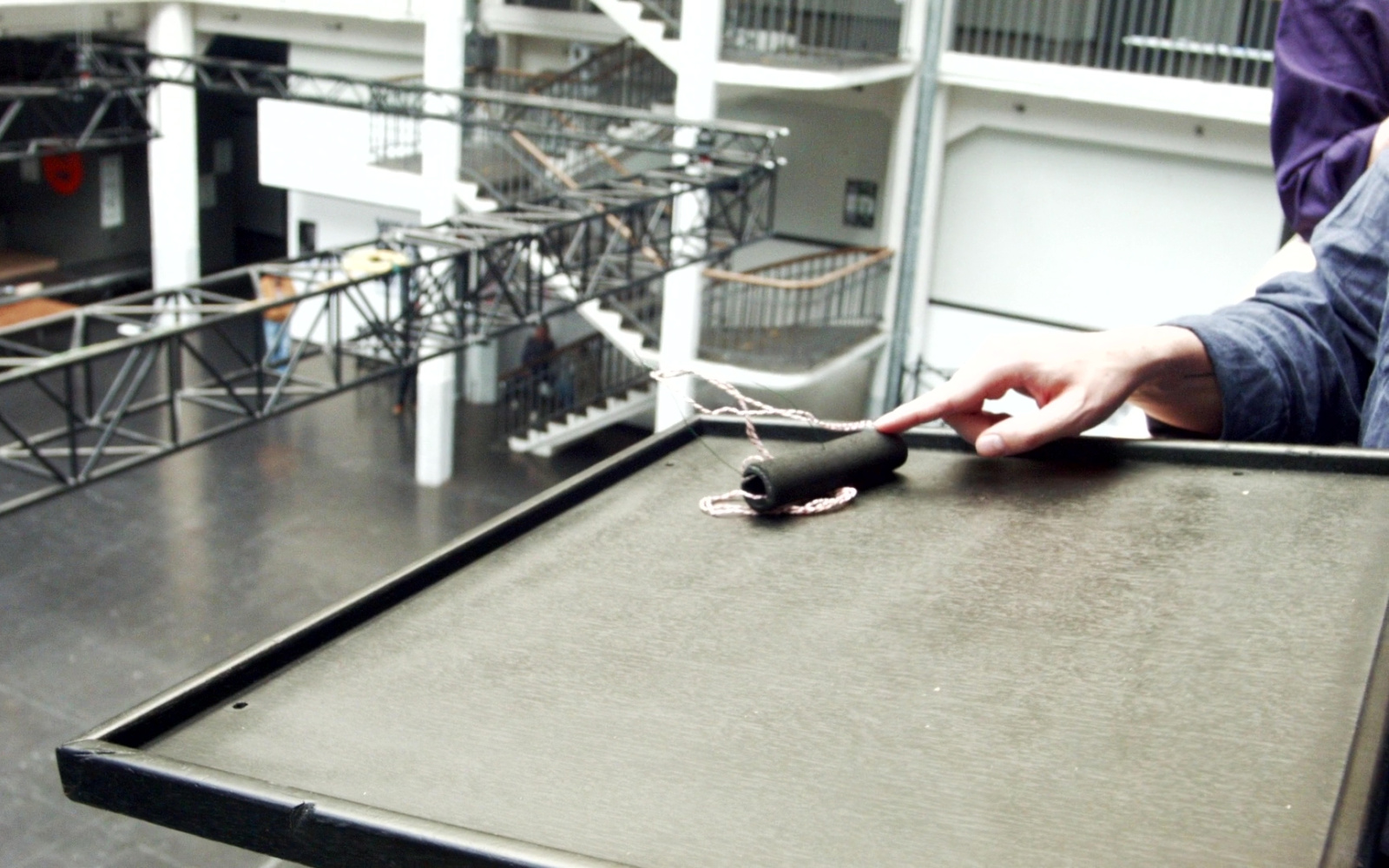Instruments of relation
a contribution by media artist Michail Rybakov
Michail Rybakov is media artist, researcher and member of the »Critical Zones study group« at Karlsruhe University of Arts and Design. The main topic of his work is embodied interaction and human experience in the post digital world.
Ever since the invention of the Cartesian space, in order to position yourself in space you would just need to describe your surroundings. To create a typical map and become a dot on it. Such maps are immensely useful: they allow us to easily localize objects, show us the fastest way home from anywhere in the world; they are a pre-requisite for the modern world.
But they also have an important limitation: maps do not represent the living beings. All the birds, bugs, fungi, all the protozoa, bacteria and viruses are just too impermanent to be localizeable in the static sense of a map. So, our current maps only include objects that are large and permanent, with clearly definable borders, but ignore most organisms that give us life, breathable air, food. Maps are even less suited to describe the relationships between the organisms, and on what they rely in order to survive.
And if we define our position in the world through maps alone, we should not wonder that we do not care too much about things that cannot be mapped.
I have written about my attempts to combine the representation of living beings with their surroundings using AI in a previous essay, but these attempts display an artistic view, not a new way to position yourself in space.
The Gaia theory by Lynn Margulis and James Lovelock offers a new way of positioning. In order to define your place in space and time you would have to describe not your proximity to things but your proclivity to them. Describe what you depend upon, what influences you in a good or a bad way, how you connect and relate to your surroundings and other creatures. You would have to go all the way from e.g. water that you depend upon, to the source of this water, to the workers in water treatment plants, to wage structures for the workers, to plant maintenance, to old lead pipes, to prevention of waste dumps in water protection areas, to the accessibility of such waste dumps to general populace and so on and so forth until you uncover a huge mesh of dependencies between all kinds of human and non-human entities and processes.
If the map was the technical means that allowed us to situate ourselves the Cartesian space, what technique can be used to land in the Critical Zone, in the relational space of Gaia? While Bruno Latour uses his trademark questionnaire method to let people define where they stand, I was interested in looking for a more artistic, experiential tool. Over the course of the research seminar I developed three similar but distinct exercises.
ZWISCHENBÄUME
Zwischenbäume is a pun on the German word »Zwischenräume« – the gaps – and »Bäume«, the word for trees. Zwischenbäume is based on a series of top-down photographs of the space between trees, recorded in Kenia, Russia and Germany.
Zwischenbäume are printed in a 1:1 scale to how large the space between trees was in the wild. The photographs are laid on the ground, with two participants standing in the places where the trees stood, in order to imagine how it actually feels like, to be a tree.
When showed in a workshop setting, the process went like this:
I started with the usual warmup, some stretching, some shaking of the body, just to allow the participants to attend to their body instead of attending to the group, the social situation and their status within the situation. Depending on the group it may take some time and may need small exercises that are new to the participants, that take in their full attention. Once I asked the group to do tiny movements that nobody could observe, nobody but them. It worked well, and everyone suddenly had a shroud of secrecy around them, trying to appear still and yet swindle the others by contracting some muscle in a tiny way or by moving some body part covered by clothing.
The next step was to attend to your neighbour’s body just as you attended to yours in the exercise before. I let the participants walk around the room until they felt comfortable moving through space, then asked them to let their shoulders touch the shoulders of their neighbour. This creates a non-visual connection to a body that hardly ever violates the personal space, as the shoulders are, socially, mostly acceptable to touch.
After the participants stood like this, in groups of two or three people, having found home or at least familiarity at each other’s shoulder, I asked them to look for a place within the room where they felt safe and at home. It didn’t take long, as humans are, like many social animals, experts in claiming space. After letting everyone arrive at their chosen place for a minute, I asked the participants to show their place to their shoulder buddies, explain why they chose it, and how they feel about it. It is not that the room had no features, but it had mostly the same features – columns, guardrails, walls – certainly not enough for twenty places to have some specific, outstanding quality, and still, people were very vocal about why they chose their place, going into detail about how they felt there, and letting the other person sit and experience it themselves.
Finally, the prints of Zwischenbäume were rolled out on the ground, and the pairs that were just talking to each other about their places got to stand in for the tree trunks, barely visible at the side of the photographs. I asked the participants to imagine being a tree, being exactly the tree from which position they were currently looking down on their surroundings, the tree which perspective they were currently taking in. From the perspective of that tree, to imagine their leaves flying in the wind, imagine their roots going deep into the earth, imagine the seasons change, imagine their neighbours and their future – standing there, in the same place, forever, until death.
Instruments of relating data | 4
Not sure whether the long preparation caused it, or the group had good imagination, but already after a few minutes many participants reported feeling strongly connected to the tree, to their imagined life as a tree.So much so that they felt strangely out of place when asked to leave their position to try and be the other tree.
This exercise had one of the most positive feedbacks throughout testing with different groups. It is unassuming enough so that nobody is afraid to ‘fail’ at it, and at the same time opens up a space for imagination of actually being another species.
HITTING THE TREE
In this exercise, a tree is brought from the forest to the exhibition space. From its branches, a few batons are created by cutting away the unnecessary parts and fixing soft tape where the baton is to be gripped. When the group gathers around the tree for the performance, the batons are handed out without explanation, and the instructor begins pounding the tree with his baton, silently inviting others to follow suit. The beating of the tree continues until nobody wants to participate anymore.
I presented this performance at an exhibition, organized on the 8th of November 2018 at HfG Karlsruhe. I used a wild cherry tree which was felled on the 24th of October on request of a forest ranger, during routine forest maintenance.
Instruments of relating data | 3
The reactions to this act of senseless violence were quite diverse – some people were so eager to follow suit that their batons broke, others were repulsed by the act, some even pleaded to their friends not to participate in the violence, threatening a cancellation of friendship.
In the end, the tree got some new scratches on the bark. Dry leaves fell down on the floor. A few smaller branches broke, but otherwise the trunk remained intact. Most of the batons broke or were badly damaged.
Sure, it could be argued that every one of us is, indirectly, much more violent towards living beings in our daily lives. The food we eat, the products and services we consume, all have a price that could be expressed in terms of violence, displacement and destruction. This price is hidden so well and abstracted away by dozens of intermediaries, so far disconnected from our lives, that a mostly symbolic but immediate, bodily experienced act of violence is perceived as a transgression.
Johanna Ziebritzki wrote down her impressions a few days after participating in the excercise:
response to
Micha’s tree hitting, staged 2018/11/07, HfG Karlsruhe
by JZ
2018/11/11
Karlsruhe
To me, the situation was weird, it was odd, it was crooked. I observed people to be insecure about what was going on. I saw insecurity about how they should deal with the possibility (offering? invitation? request?) to hit the tree. They giggled, watched in awe and were disgusted or fascinated. Micha created a situation in which people had to decide how they would behave towards the tree hitting – they could hit, they could leave, they could collect all the sticks and boycott, they could question. Most people either hit or did demonstratively not hit.
[..]
Hitting that dead tree was awkward, but at the same time, the stick in my hand and the sound of wood on wood felt familiar. I grew up in the middle of a deep forest in Germany. There, I often strolled around with a stick in my hand. The cloncing noise of wood against wood evoked past memories. Now I wanted to find out about my reactions. Thus I started actually hitting the tree hard. The bark broke open on the spot where my stick landed on the stem. Upon seeing this open wound, shame rushed from my brain into my face, I blushed. The shame signalled my arm to stop. No more hitting, no more hurting, no more deliberate pain. I had hit that tree deliberately, hurt it consciously. I had hurt me by doing it against my inner resistance, just out of curiosity, just because it was a staged situation. I felt like shit.
[..]
The wild cherry’s trunk was later turned into a chair by Oliver Boulam and Lukas Marstaller.
LETTING GO
The group starts with a collection of materials laid out in front of them. These materials are non-objects, either discarded parts of human technology or parts of nature. The important thing is that they have lost their primary function, if they ever had one. They do not have straight surfaces or lettering or images on them. Just objects with complex shapes and textures: tree branches, bent spoons, eggshells, stones, pieces of thread, broken glass, wires, pieces of natural latex, bent metallic pipes, teared polyurethane foam and so on.
Instruments of relating data
Out of this collection of materials, the participants are invited to build an object. Any object. Just by combining, bending, wiring the material together, or using a bright yellow duct tape.
After a few minutes, everyone has their object. It is never perfect, but instantly recognizable – all of a sudden it assumes a character of its own. The moment when most people do not know what to add to their object anymore is the perfect moment to stop the process and ask everyone to give their object a name. Many are proud of their creation and they should be – they just built something out of nothing. Next, they will have to facilitate its destruction.
In one presentation I built a small platform overseeing a hall. In another, I just used a table. In both instances I gave everyone a simple task – to slowly push the newly created object of a cliff. A cliff high enough that, would we be the size of the object, a fall would certainly maim or kill us. And now, just minutes after being created, being given a name, the object should die, be discarded back to the materials it was made of. I think that nobody really enjoyed that part of the exercise. But the instruction of pushing it off slowly surely helped experience the gravity of the moment and gave the creators just enough time to say their goodbyes.
Instruments of relating data | 2
This exercise is one of my favourites. It can offer a diverse group a welcome excuse to be creative. The transition from creation to the impending destruction has to be timed right, as it can cause quite a rift in the mood of the group. The moment of the slow push that leads to a sudden fall is fascinating in itself, as every cat owner will confirm.
The goal of the exercise is of course not to show that everything has to come to an end. But to experience how strong the attachment to some previously insignificant pieces of discarded material can be, once you start relating to it.
A contribution by Michail Rybakov.
In order to situate yourself within Gaia, you need to define what you relate to and how you relate to it. What nourishes you. What protects you. What threatens you. One may think the responses are similar for everybody, but the circumstances of our individual lives make our relational mesh quite unique.
What we do have in common, however, is how strongly our bodies are activated by the process of relating. The exercises showed how easy it was for the participants to claim ownership over ‘their’ space. How easy it was for them to see from the point of life of a tree, once they assumed the physical position of the imagined tree. The exact moment of transgression was strikingly clear to everyone present at the hitting of a tree even without words, and the joy of creating an object and the somberness of letting it go was palpable.
We could talk for a long time about what defines us. Or we could place our bodies in space and experience it unmediated. As bodies in space are not just bodies in space, they are instruments of relation.
See more of Michail Rybakovs' works and essays on his website.
